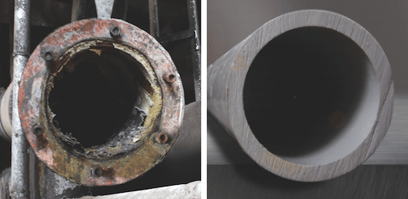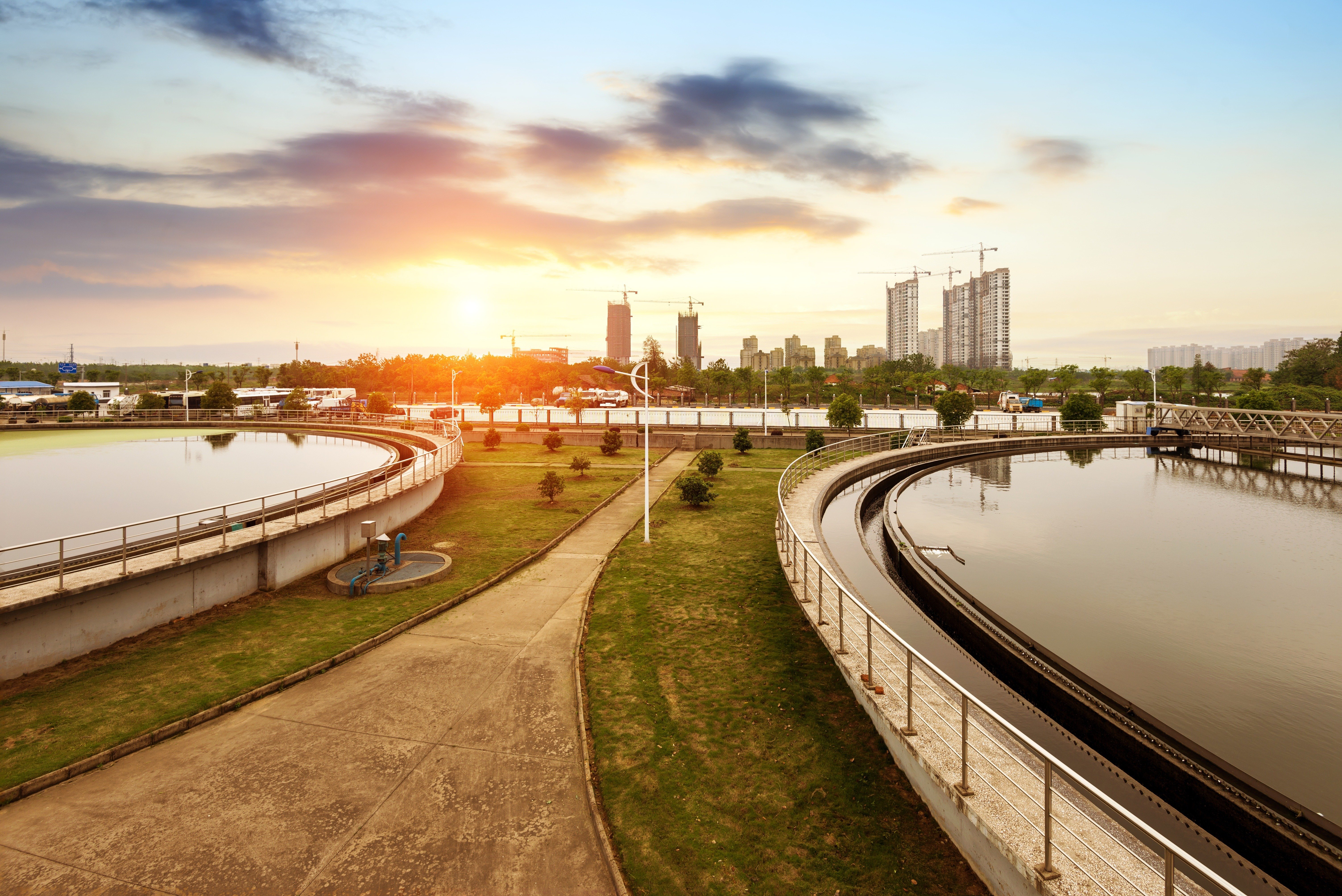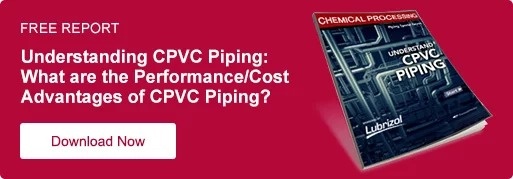8 Reasons CPVC is Ideal for Industrial Water Process Piping Applications
The safety performance of industrial piping material cannot be overstated—these environments have hundreds, often thousands, of lives at stake, causing them to be closely monitored and regulated by government bodies such as the U.S. Occupational Safety and Health Administration and the Environmental Protective Agency (EPA).
Add cost and reliability to the list of important factors when considering industrial piping choices, and it’s clear why material selection for process water applications is such an important one.
Among the many piping choices in the industry, the superior strength, performance and safety of chlorinated polyvinyl chloride (CPVC) make it an ideal system for industrial process water applications.
Traditionally, engineers and procurement professionals have relied largely on steel and other higher alloys for industrial piping. However, an overall analysis reveals that CPVC often outperforms metallic systems and is more cost effective over a longer period of time.
Yielding an overall lower installation cost, fewer maintenance and safety concerns, and strong performance with a wide variety of chemicals, CPVC is a material that is gaining the attention of many. And the benefits don’t stop there.
CPVC offers eight primary advantages that can, and have improved the bottom line of industrial process water applications worldwide.
1. Corrosion Resistance
Corrosion is a common, ongoing problem in industrial environments. CPVC pipe and fittings demonstrate superior resistance to internal and external corrosion, virtually eliminating process leaks, flow restrictions and ultimately, premature pipe failure.
Unlike metallic systems, CPVC industrial piping will never pit or scale, as it is inert to most mineral acids, bases, salts and aliphatic hydrocarbons. CPVC is formulated to stand up to many of the same aggressive chemicals that corrode steel, and it does so in extreme temperature environments.
2. Ease of Installation
CPVC pipe and fittings are installed using a simple two-step solvent-cementing process, which creates a highly reliable joint by chemically fusing the pipe to the fitting. When properly installed, a solvent-cemented CPVC joint becomes the strongest part of the entire system, offering more durability than either the pipe or fitting alone.
Also, CPVC is lightweight, weighing roughly one-eighth the weight of comparably sized steel piping. This means fewer complex tools, faster installation and simplified maintenance, reducing labor time. In addition, CPVC installation does not require electricity, which is ideal for applications where power isn't consistently available.
3. Little or No Maintenance Required
A CPVC piping system requires little or no maintenance when properly installed. In addition, external pipe coatings are not necessary because CPVC remains unaffected by even the most aggressive soil and air conditions.
However, should a portion of the piping need replacing, a repair can be made easily without the need for a welder or lifting device to hoist equipment into place.
4. Optimum Flow Rates
CPVC industrial piping has a smooth inner surface that resists scaling and fouling, which minimizes friction pressure losses in the fluid flow from the beginning. This means, CPVC piping offers optimum flow rates allowing more liquid to moved using smaller pumps and less energy.

Pictured here: a metal pipe exhibiting both internal and external corrosion and a Corzan CPVC pipe exhibiting no signs of corrosion after years of service.
5. Superior Mechanical Strength
Even at elevated temperatures at which industrial plants often operate, CPVC has exceptional mechanical strength. At 180°F (82°C), Corzan CPVC's pressure rating is 25 percent higher than other CPVC materials.
In addition, Corzan CPVC can maintain its pressure-bearing capabilities for 50 years or more, providing long-lasting performance.
6. Additional Safety
Not only is CPVC safer than metal to install, it is often safer to operate. CPVC piping has a lower thermal conductivity; this not only reduces heat loss, but keeps the surface temperature of the pipe lower, reducing the chance of burns to maintenance and operating personnel.
7. Low Flame and Smoke
CPVC has a flash ignition temperature of 900°F (482°C), which is the lowest temperature at which combustible gas can be ignited by a small, external flame.
Not able to sustain combustion, CPVC has an exceptionally high limiting oxygen index (LOI)—the percentage of oxygen needed in the atmosphere to support combustion. At 60 LOI, it can perform exceptionally well in the harsh conditions of industrial plants.
8. Long Service Life
CPVC starts with a C-factor of 150 and maintains that interior surface smoothness throughout its life by resisting the effects of corrosives. This leads to greater efficiency and reduced costs to facilities because smaller pipes, smaller pumps and less energy can be used to move fluids at the same rate.
CPVC industrial piping can also withstand long-term exposure to even the harshest environments without significant adverse effects, making it ideal for long-term outdoor installations.
Learn More About CPVC
Given your application's pressure, temperature and medium, what cost-friendly option will provide the most durability? Delve deeper into the benefits of alternative piping materials in terms of cost and performance in this Chemical Processing Special Report.



